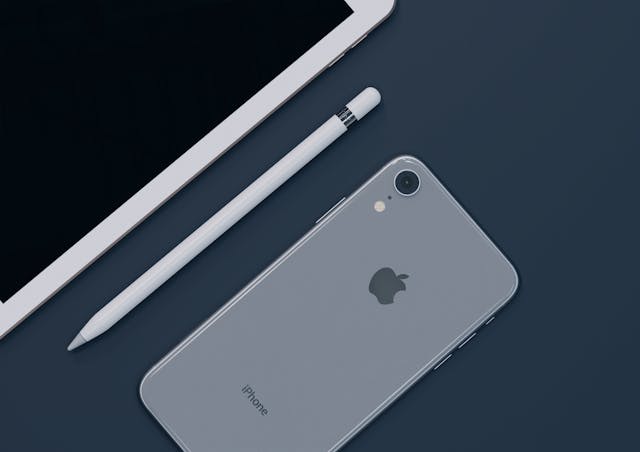If you’re building a new iOS app in 2025, there’s one key architectural decision your team will face early: Should you build it using SwiftUI or UIKit?
SwiftUI is Apple’s newer, declarative framework. UIKit is the battle-tested, imperative framework that’s powered most iOS apps for over a decade. Both are powerful — but choosing the wrong one for your team, timeline, or product can lead to costly rewrites or missed opportunities.

This guide helps founders, PMs, and technical decision-makers compare the two — not from an abstract developer perspective, but in terms of business value, team impact, and long-term maintainability.
Recognized consistently on Clutch as a top software development company, Volpis has years of experience building custom solutions for businesses worldwide. If you’re looking to hire Swift developers or UIKit experts who know how to build high-performance apps, Volpis can help.
Post Contents
What’s the Difference?
- UIKit (launched in 2008): An imperative UI framework — you describe how the interface should change step by step.
- SwiftUI (launched in 2019): A declarative UI framework — you describe what the interface should look like, and the system handles the changes.
Think of UIKit like giving someone instructions to build a LEGO set piece by piece. SwiftUI is like giving them the final model and letting them figure out how to build it based on changes.
When to Use SwiftUI
SwiftUI has matured significantly by 2025. For many projects, it’s now the better choice — but not for all.
Use SwiftUI if:
- You’re starting a brand-new app from scratch
- Your team is familiar with modern Swift and eager to adopt newer patterns
- You want to move fast with fewer lines of code
- Your app is built for iOS 15+ only (older OS versions may lack key features)
- You plan to support multiple Apple platforms (iPad, Mac, Watch, Vision Pro)
Benefits:
- Faster UI development & iteration
- Easier to maintain and test
- Built-in animations, accessibility, and responsiveness
- Native support for dark mode, localization, and dynamic type
Tradeoffs:
- Debugging tools are still maturing
- Performance tuning can be less transparent
- Advanced customizations may require UIKit interop
When to Use UIKit
UIKit remains powerful and flexible — and for some apps, it’s still the right choice.
Use UIKit if:
- You’re working on an existing UIKit codebase
- Your team includes developers with deep UIKit expertise
- Your app must support iOS 13/14
- You need full control over UI rendering, animations, or drawing
- You’re building a very large, complex app with edge-case UI needs
Benefits:
- Mature ecosystem and 10+ years of documentation and community support
- Fine-grained control over UI lifecycle
- More predictable behavior on edge cases
Tradeoffs:
- More boilerplate code
- Longer development time for UI changes
- Harder to support across Apple platforms
A Hybrid Approach Is Common
Even Apple uses both. Many modern apps combine SwiftUI for new features or screens with UIKit for existing parts.
Examples:
- UIKit app with SwiftUI widgets or onboarding screens
- SwiftUI app with UIKit-based video player or image picker
In fact, you can bridge both using UIHostingController (UIKit inside SwiftUI) or UIViewRepresentable (SwiftUI inside UIKit).
From a PM or Founder’s Perspective
Here’s what this choice means for your project:
| Criteria | SwiftUI | UIKit |
| Development Speed | Faster for new apps | Slower but predictable |
| Developer Availability | Newer devs love it | Easier to find experienced devs |
| Maintenance & Scaling | Easier with fewer lines of code | Requires more code upkeep |
| Cross-platform Apple support | Excellent | More manual work |
| Debugging & Performance | Still maturing | Mature and robust |
| Learning Curve | Steeper for UIKit devs | Flatter for experienced teams |
Final Recommendation
- New App? Start with SwiftUI — especially if targeting iOS 15+.
- Existing UIKit Project? Stick with UIKit unless you’re rewriting or modularizing.
- Tight Timeline + Simple Scope? SwiftUI helps ship faster.
- High Customization/Edge Cases? UIKit still gives more control.
Talk to your dev team — or your development partner — and assess their comfort level with each. The best decision balances team expertise, product requirements, and your business goals.
If you’re looking to build a custom app for your business, you can reach out to the Volpis team via [email protected] with any questions.